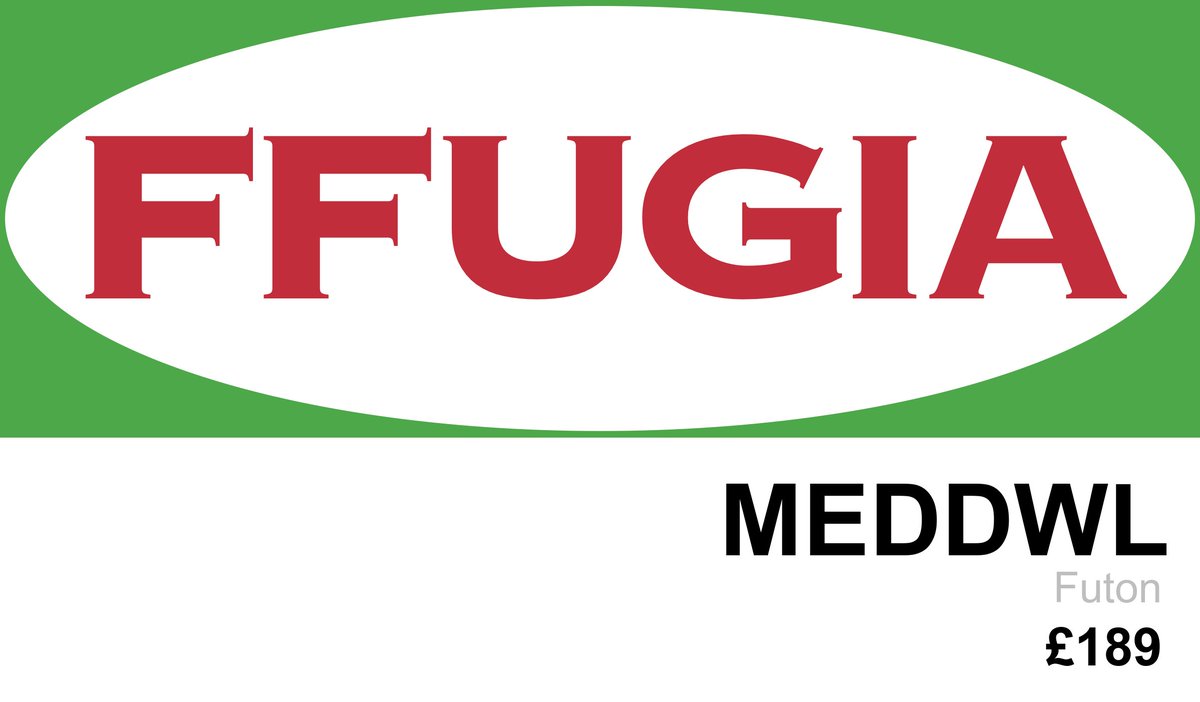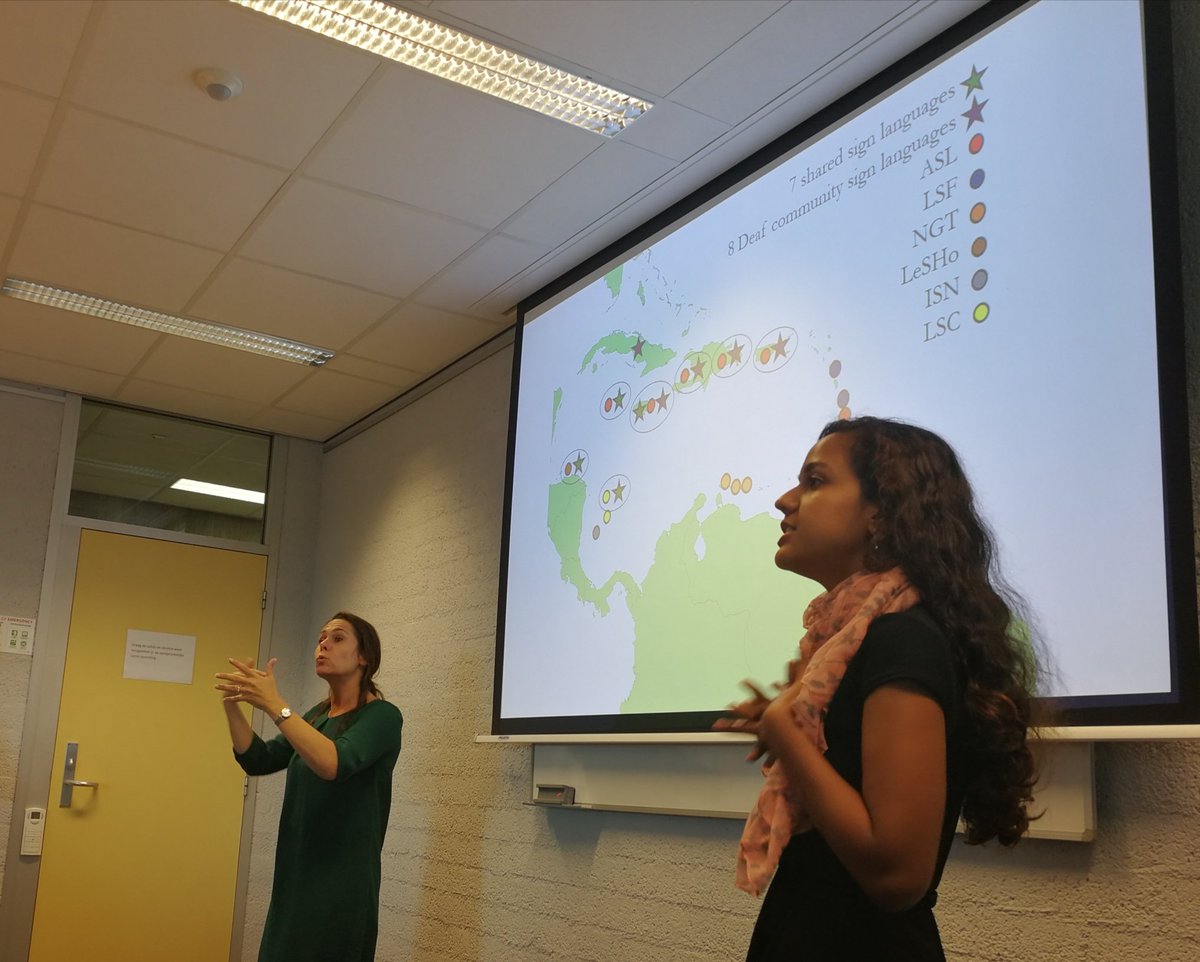
Associate professor (førsteamanuensis) of Linguistics @UiB_HF, @UiB
🇸🇪➡️🇳🇴 |
Signed languages, #rstats & anything linguistic |
Name sign: DUCK🦆
(he/him)
How to get URL link on X (Twitter) App


 🏴
🏴 


https://twitter.com/c_borstell/status/1248093992136384512So you can now input a video and it outputs it slower and/or repeated. Here's an example of a sign for 'deaf' in STS rendered with a repeated 30% speed playback!



 Basically, "på" is preferred for the following:
Basically, "på" is preferred for the following:

 Phonological complexity can be defined by 1) markedness (frequency/economy) and 2) structure (quantity).
Phonological complexity can be defined by 1) markedness (frequency/economy) and 2) structure (quantity).



 International Sign is sometimes used in formal, more conventionalized settings (conferences, etc), but here the authors did a longitudinal study at Frontrunners, looking at language attitude and lexical convergence over time! #TISLR13
International Sign is sometimes used in formal, more conventionalized settings (conferences, etc), but here the authors did a longitudinal study at Frontrunners, looking at language attitude and lexical convergence over time! #TISLR13

 In a lexical naming task, scores for different angle representations were correlated with scores on a general mental rotation task. #TISLR13
In a lexical naming task, scores for different angle representations were correlated with scores on a general mental rotation task. #TISLR13 


 In Bay Islands Sign Language, tactile signers make use of both their own hands and the addressee's hands, as well as both their own body and the addressee's body to produce and perceive the language. Such interactive modality! #signlanguages
In Bay Islands Sign Language, tactile signers make use of both their own hands and the addressee's hands, as well as both their own body and the addressee's body to produce and perceive the language. Such interactive modality! #signlanguages 

 A very interesting story here is Ardavan being involved in language documentation as an informant at first, but becoming more and more involved, gaining experience and skills along the way (by interaction, collaboration, sharing), ending up a researcher! #wfd2019
A very interesting story here is Ardavan being involved in language documentation as an informant at first, but becoming more and more involved, gaining experience and skills along the way (by interaction, collaboration, sharing), ending up a researcher! #wfd2019

 The level of conventionalization depends on context. Formal, conventionalized IS may be used at e.g. #WFD, but vocabulary and conventionalization varies with different events and contexts. #wfd2019
The level of conventionalization depends on context. Formal, conventionalized IS may be used at e.g. #WFD, but vocabulary and conventionalization varies with different events and contexts. #wfd2019




 Most of them seem to use a ❤️💚💙💛 palette, but with different meanings. What I believe are the 5 largest milk companies in Sweden have (3%, 1.5%, 0.5%, 0.1%):
Most of them seem to use a ❤️💚💙💛 palette, but with different meanings. What I believe are the 5 largest milk companies in Sweden have (3%, 1.5%, 0.5%, 0.1%):
 Code-blending is the simultaneous productions of (aspects of) an utterance in sign and speech.
Code-blending is the simultaneous productions of (aspects of) an utterance in sign and speech.

 Traditional approaches to language research have focused on the:
Traditional approaches to language research have focused on the:

 Wendy acknowledges the important work of Svetlana Dachkovsky ("our resident squintologist") who has done extensive work on squinting in Israeli SL, for example as a marker of shared information and subordinate clauses. #LingCologne
Wendy acknowledges the important work of Svetlana Dachkovsky ("our resident squintologist") who has done extensive work on squinting in Israeli SL, for example as a marker of shared information and subordinate clauses. #LingCologne